Action taken to date
2017
On August 11, 2017, Transport Canada implemented speed restrictions for vessels 20 metres or longer to a maximum of 10 knots when travelling in the western Gulf of St. Lawrence.
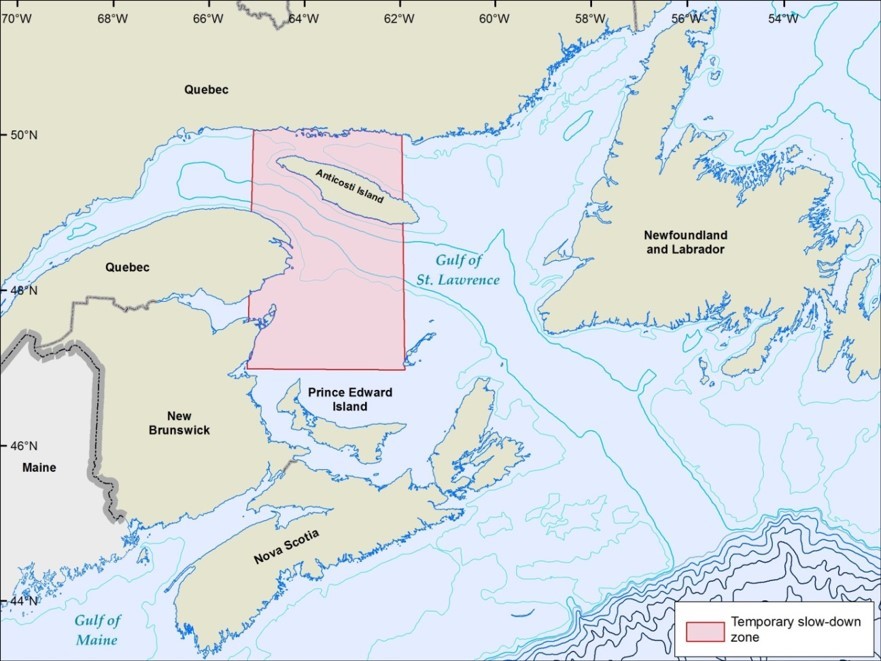
Figure 1 - Static speed restriction measure implemented in 2017.
2018
In 2018, Transport Canada took action for a second year to minimize risks for navigational safety and North Atlantic right whales in the Gulf of St. Lawrence. Dynamic shipping zones A, B, C and D were introduced to facilitate commercial traffic passage through the North Atlantic right whales’ speed control zone.
There were no documented fatalities of North Atlantic right whales in Canadian waters in 2018.
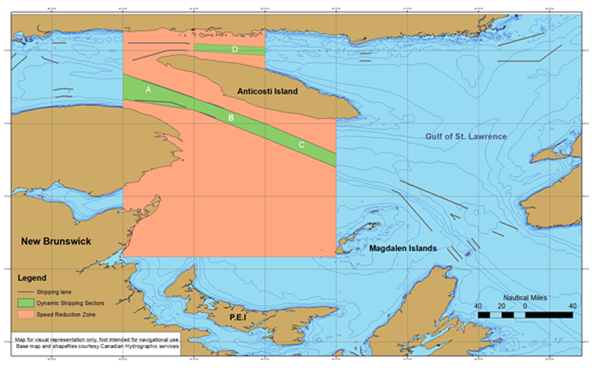
Figure 2 - Vessel traffic management measures introduced in 2018.
2019
Based on consultations with industry and on scientific data from the previous two years, two changes were made to the static and dynamic shipping zones of 2018, which took effect on April 28, 2019:
- The southeast corner of the static zone, around the Magdalen Islands was removed.
- To help reduce impacts on the marine transportation industry, vessels were allowed, in the absence of North Atlantic right whale sightings, to travel at safe speeds in a larger area north of Anticosti Island, extending to the mainland.
In response to North Atlantic right whale deaths in Canadian waters in June and July 2019, the Government of Canada took further concrete actions to help protect these marine mammals:
- On June 26, 2019, Transport Canada implemented an interim precautionary measure of a mandatory speed restriction of 10 knots, for vessels of 20 metres or more in length travelling in the western Gulf of St. Lawrence, in parts of two shipping lanes north and south of Anticosti Island. Based on the aerial surveillance conducted in July, and the absence of North Atlantic right whales reported in the dynamic shipping zones, Transport Canada returned to a dynamic approach to managing the dynamic shipping zones, effective August 2, 2019.
- An underwater acoustic glider deployment trial was conducted to further understand the technology’s capacity to detect whales in busy shipping lane areas.
- On July 8, 2019, Transport Canada announced new vessel traffic management measures to further protect the North Atlantic right whale. These additional measures included:
- slowing down more ships to include those measuring more than 13 metres in length;
- expanding the zones in which speed restrictions apply (extending the static zone to the east and adding dynamic shipping zone E);
- dividing the mandatory static zone into northern and southern zones;
- expanding the surveillance buffer zone around the dynamic shipping zones; and
- increasing aerial surveillance.
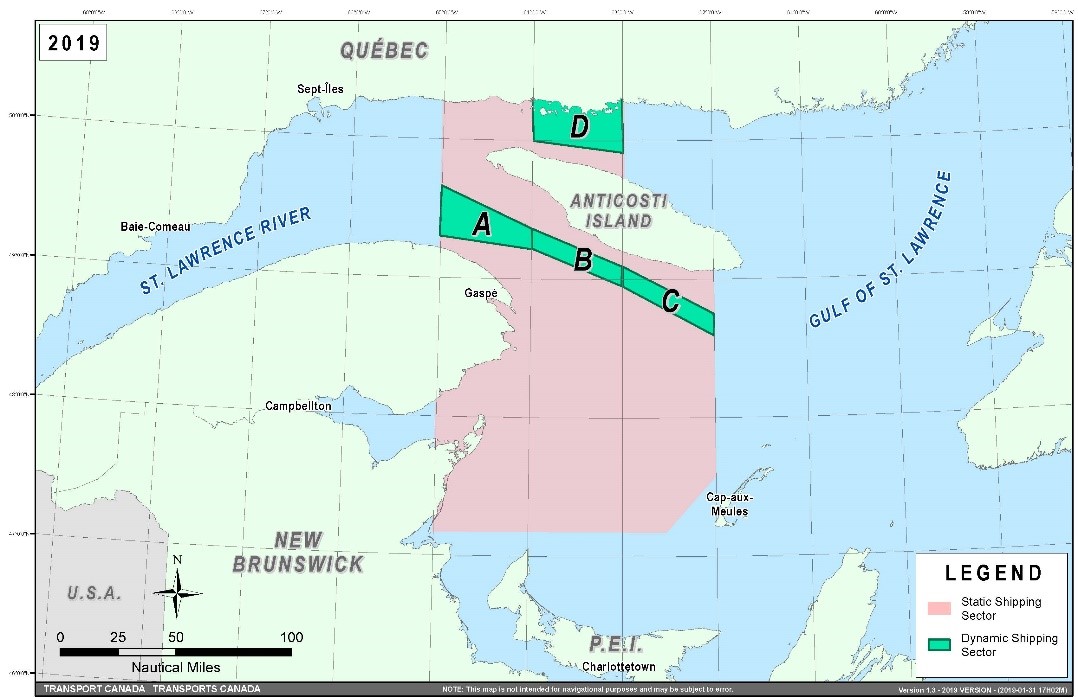
Figure 3 – Vessel traffic management measures introduced in spring 2019.
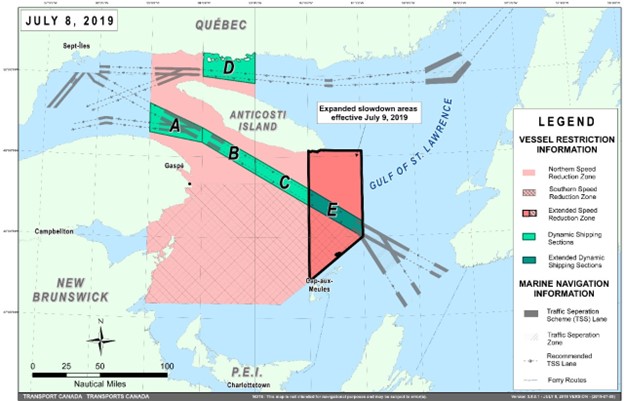
Figure 4 – Enhanced vessel traffic management measures implemented on July 9, 2019.
2020
In 2020, to better protect the North Atlantic right whales in Canadian waters, Transport Canada further enhanced the protection measures by implementing:
- A new trial voluntary slowdown in the Cabot Strait to coincide with the bulk of the North Atlantic right whale migration in and out of the Gulf of St. Lawrence;
- new seasonal management areas, which are additional speed restriction areas located north and south of dynamic shipping zone E;
- a new mandatory restricted area located in and near the Shediac Valley to better protect North Atlantic right whales where a large number of them are anticipated to be present in this area during the summer months. The location, size, and triggering mechanism was based on in-season detections; and
- incorporated the use of a Remotely Piloted Aircraft System (or drone) and an underwater acoustic glider into the near real-time surveillance capacity and monitoring plans for part of the 2020 season.
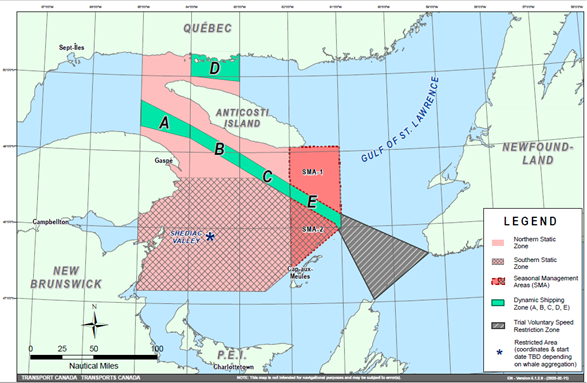
Figure 5 – 2020 vessel traffic management measures.
2021
For the second consecutive year, there were no known North Atlantic right whale deaths in Canadian waters. The evidence-based vessel traffic management measures for the 2020 North Atlantic right whales’ season were re-implemented in the 2021 season, with the following minor modifications:
- a second year of the Cabot Strait trial voluntary slowdown in the spring and in the fall;
- a mandatory restricted area located in and near the Shediac Valley. Location and size were both based on historical data of North Atlantic right whales’ aggregations, while the triggering mechanism was based on in-season detections; and
- incorporated a second underwater acoustic glider as part of the surveillance and monitoring plans. It was deployed in the Cabot Strait mid-season, to increase monitoring capacity of North Atlantic right whales in this area.
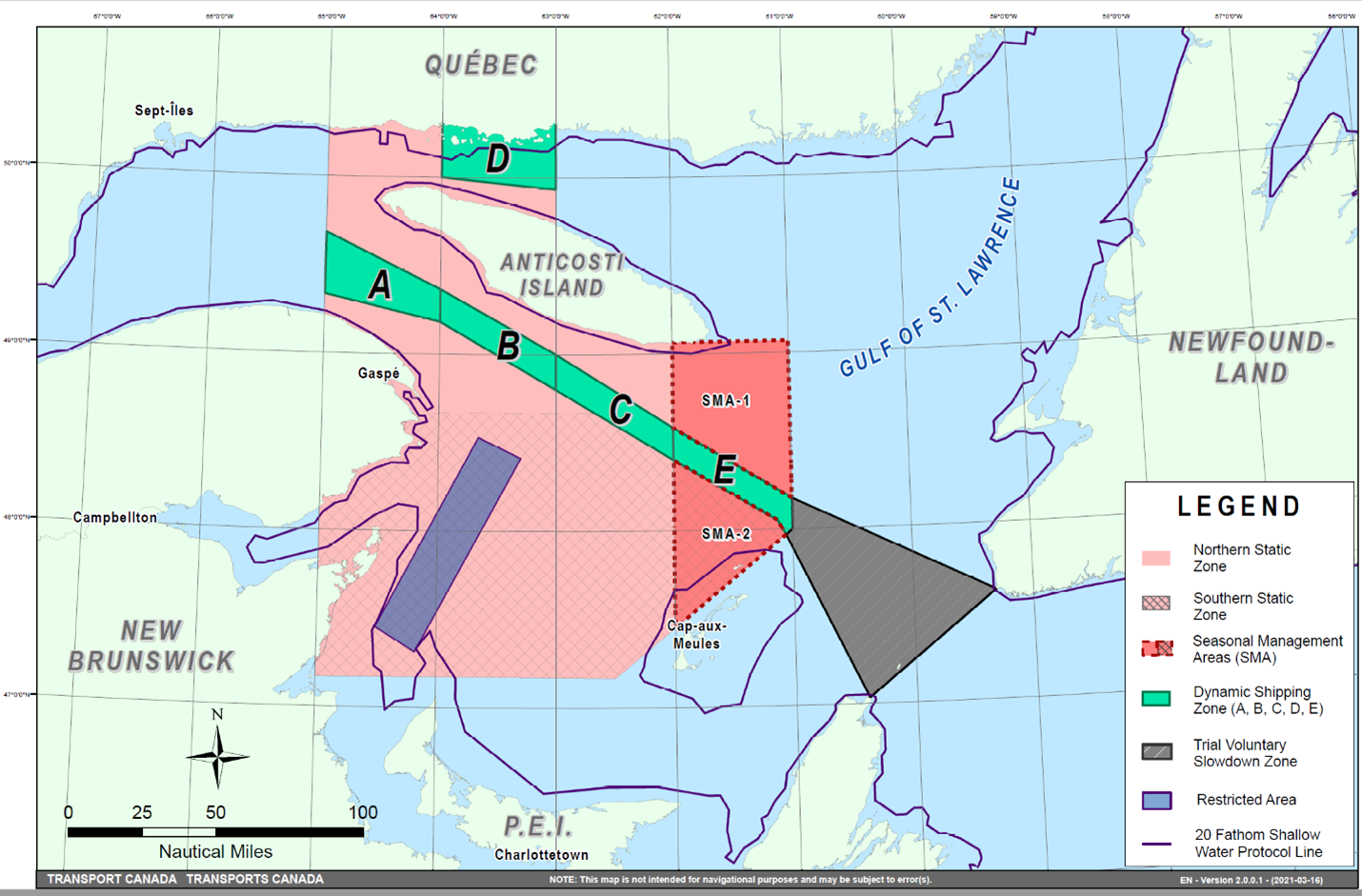
Figure 6 – 2021 vessel traffic management measures.
2022
For the third consecutive year, there were no known North Atlantic right whale deaths reported in Canadian waters. Once again, the evidence-based vessel traffic management measures for the 2021 North Atlantic right whales’ season were re-implemented in the 2022 season, with the following minor modifications:
- the North Atlantic right whale season started a week earlier, on April 20, to account for early detections in the Gulf of St. Lawrence;
- the 15-day speed restriction started on the North Atlantic right whale’s detection date instead of notification date, to better align with procedures from the Department of Fisheries and Oceans for fishery closures; and
- commissioned pilot testing of 4 thermal imaging cameras overlooking Cabot Strait for a full year (from mid-June 2022 to July 2023) to assess capability to reliably detect North Atlantic right whales on the East Coast in near real-time.
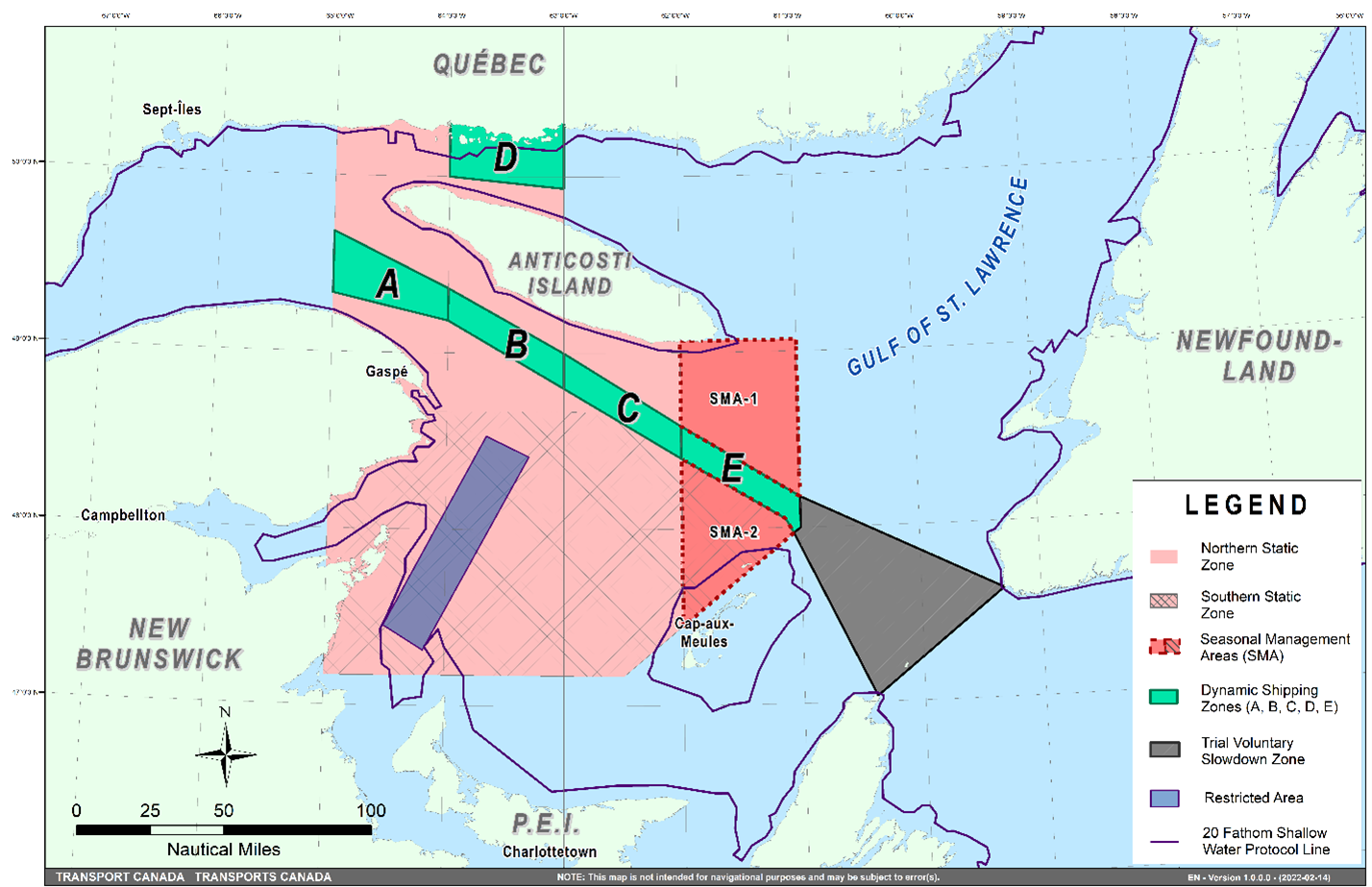
Figure 7 – 2022 vessel traffic management measures.
2023
For the fourth consecutive year, there were no known North Atlantic right whale deaths reported in Canadian waters. The evidence-based vessel traffic management measures to protect the North Atlantic right whales were re-implemented in the 2023 season, with the following modifications:
- the 3-year voluntary slowdown trial in the Cabot Strait area, in place from 2020 to 2022, became a voluntary seasonal slowdown in 2023. Similar to the trial period, it was in place in spring and fall, to offer greater protection to North Atlantic right whales migrating in and out of the Gulf of St. Lawrence through this area.
- the pilot testing of thermal imaging cameras was extended until March 2026. If successful, these systems could be added to the existing North Atlantic right whale monitoring platforms in future years.
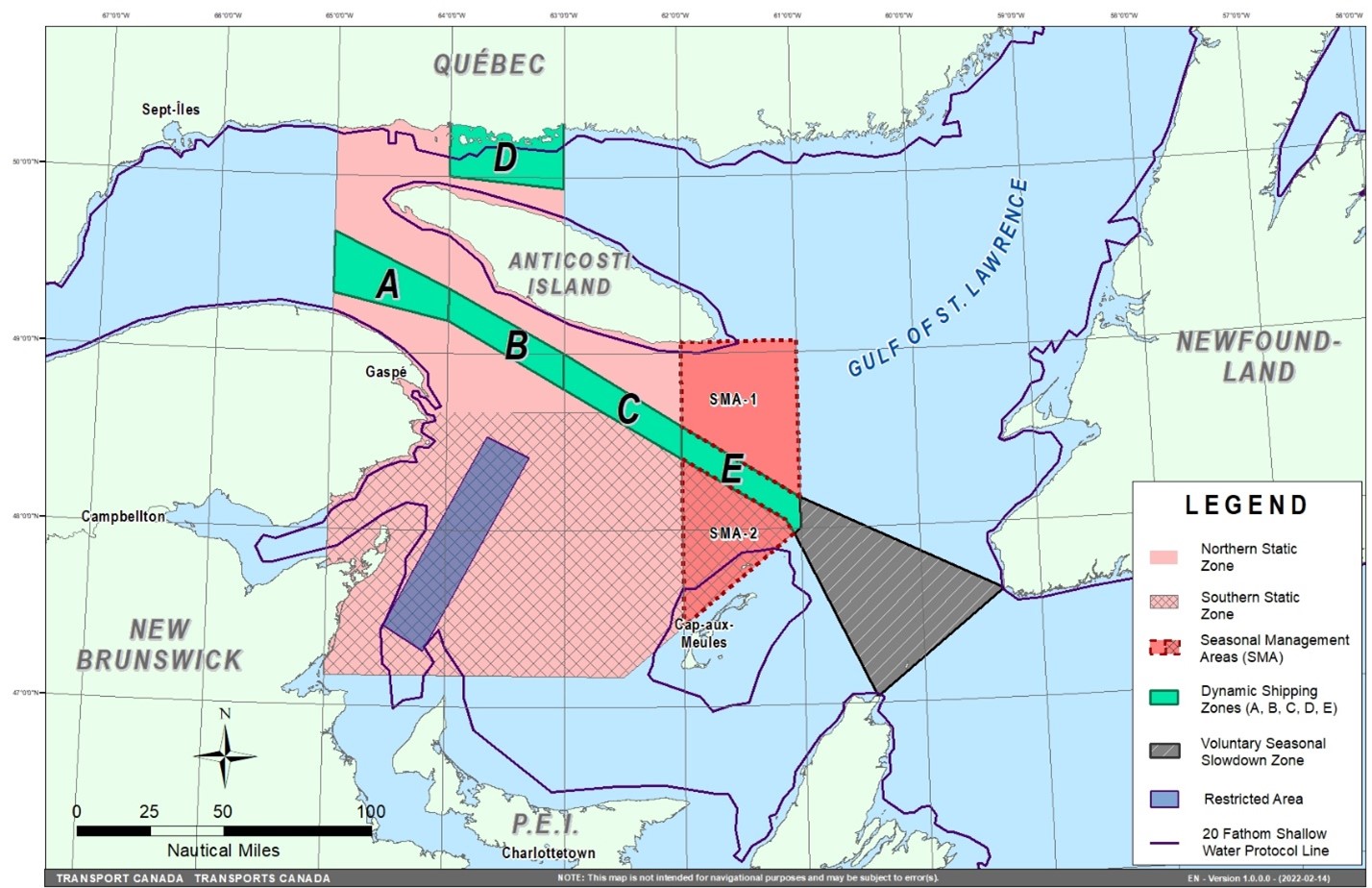
Figure 8 – 2023 vessel traffic management measures.